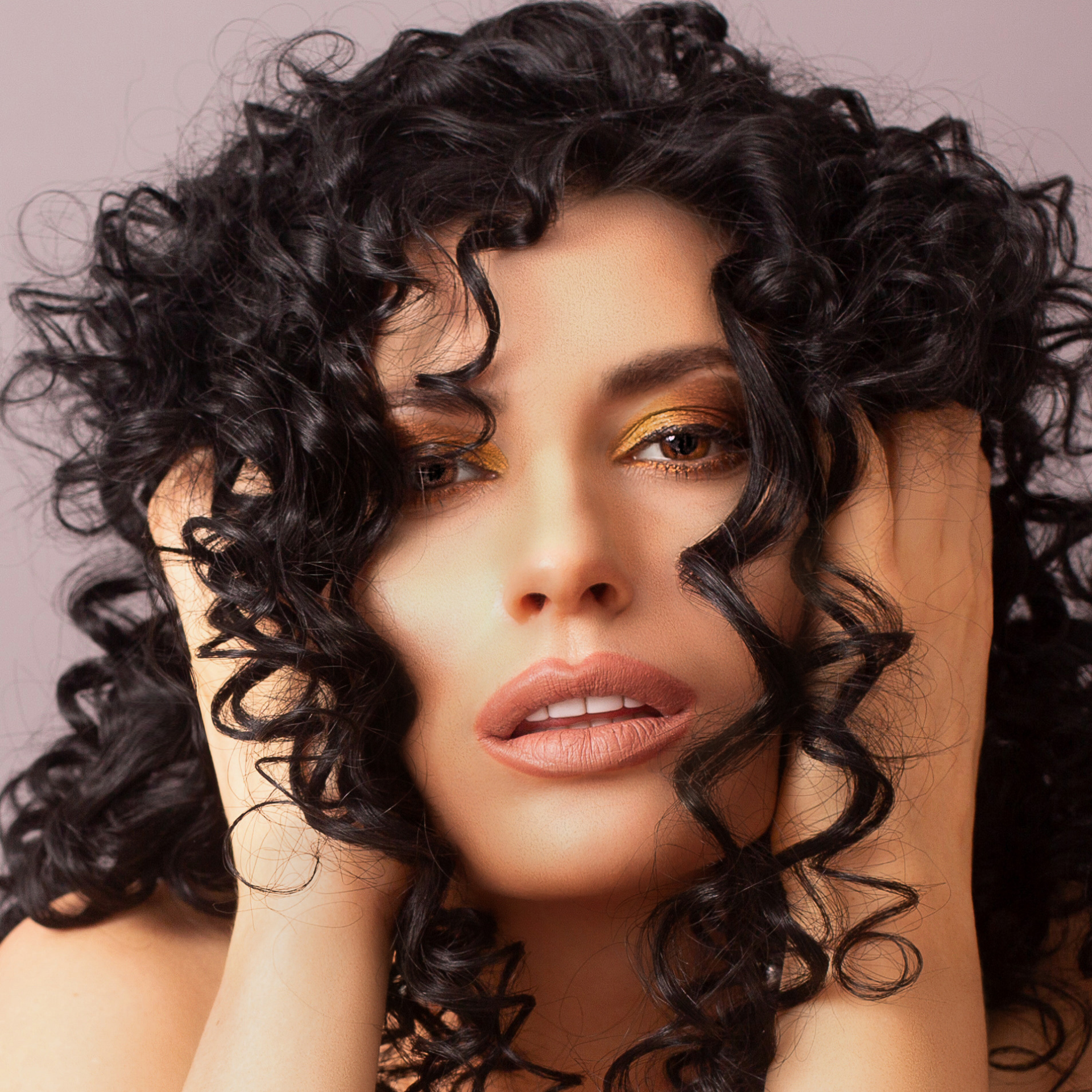
Hair type guide: How to know your hair type?
Understanding hair types is essential to choosing the right hair products and caring for your mane in the best possible way.
Hair varies from person to person, but is generally classified into several categories according to its texture, thickness and level of curl.
In this guide, we’ll help you determine your hair type and adapt your care routine accordingly.
-
First, determine the texture of your hair:
The texture of your hair refers to the individual size of each strand.
It can be fine, medium or thick. To determine it, take a clean lock of hair and rub it gently between your fingers.
If your hair detangles easily and is barely noticeable in the light, you have fine hair.
If you can feel it distinctly, and your peg has a good hold, you have medium-textured, therefore moderately thick, hair.
If you feel them easily and strongly, you have thick hair.
-
Next, identify the Loopback Level:
The curl level of your hair is another key factor. It can vary from straight (type 1) to extremely frizzy (type 4). You can determine this by observing the natural shape of your hair after washing and air-drying.
- Type 1 straight hair
If your hair is straight and smooth, without waves or curls, and resistant, you are probably a type 1 with straight hair.
Hair is generally shiny thanks to the sebum that circulates from root to tip.
- Type 2 wavy hair
However, if your hair is neither straight nor curly, and has very visible “S”-shaped waves, you’re probably a type 2 with wavy hair.
Ripples can be :
– light, wavy hair that tends to frizz with humidity,
– voluminous, with pronounced “S” shapes that add volume to hair, but also make it even more susceptible to frizz in humid conditions,
- Type 3 curly and frizzy hair
Finally, if your hair has no waves but curls that wrap around themselves, you are a type 3 with curly hair.
Loops can be :
– relaxed and not tight, generally presenting moisturized and heavy hair
– well-defined, tightly coiled hair to form a voluminous head.
If your hair is thicker, tighter and more voluminous, with curls that form from the roots to the ends, you are type 3 with curly hair.
- Type 4 frizzy hair
If your hair grows in a spiral and is very dense, you’re a type 4 with frizzy hair.
This type of hair is called afro because it has a texture specific to certain populations.
Hair can be :
– with tight curls, forming tightly wound spirals right from the root
– thin and fragile, forming a defined S
– with inconspicuous Z-shaped loops, very thin and fragile
-
Then evaluate the Porosity:
The term “porosity” refers to your hair’s ability to absorb moisture. To test this, take a clean strand of hair and place it in a glass of water. If it floats to the surface, your hair has low porosity, which means it has difficulty absorbing moisture. If it sinks slowly, you have medium porosity. If it sinks quickly, your hair has high porosity.
-
Finally, consider Hair Density:
Hair density refers to the amount of hair on your scalp. To assess it, look at yourself in the mirror and observe whether you can see your scalp through your hair. If you can see it clearly, you have low density. If you can only partially see it, you have medium density, and if you can barely see it at all, you have high density.
-
To sum up:
In conclusion, as we have seen, there are 4 types of hair, which can be divided into 3 sub-categories:
|
Type 1: straight hair
|
Type 2: Wavy hair |
Type 3: curly and frizzy hair |
Type 4: frizzy hair |
|
Type 1a: straight, fine hair
|
Type 2a: light waves |
Type 3a: hair with large curls |
Type 4a: spiral curls |
|
Type 1b: straight, medium-thick hair
|
Type 2b: voluminous waves |
Type 3b: hair with defined curls
|
Type 4b: S-fine frizzy hair |
|
Type 1c: straight, thick hair
|
Type 2c: thick, voluminous hair |
Type 3c: curly hair with tight curls
|
Type 4c: Z-curly hair |
Determining your hair type is the essential first step in caring for your mane in the right way. Once you’ve identified your texture, curl level, porosity and density, you can choose the products and routines that work best for your specific needs.
Don’t forget that hair needs can change over time, so don’t hesitate to adjust your routine accordingly for hair that’s always in tip-top shape.
All our hair care products HERE !

